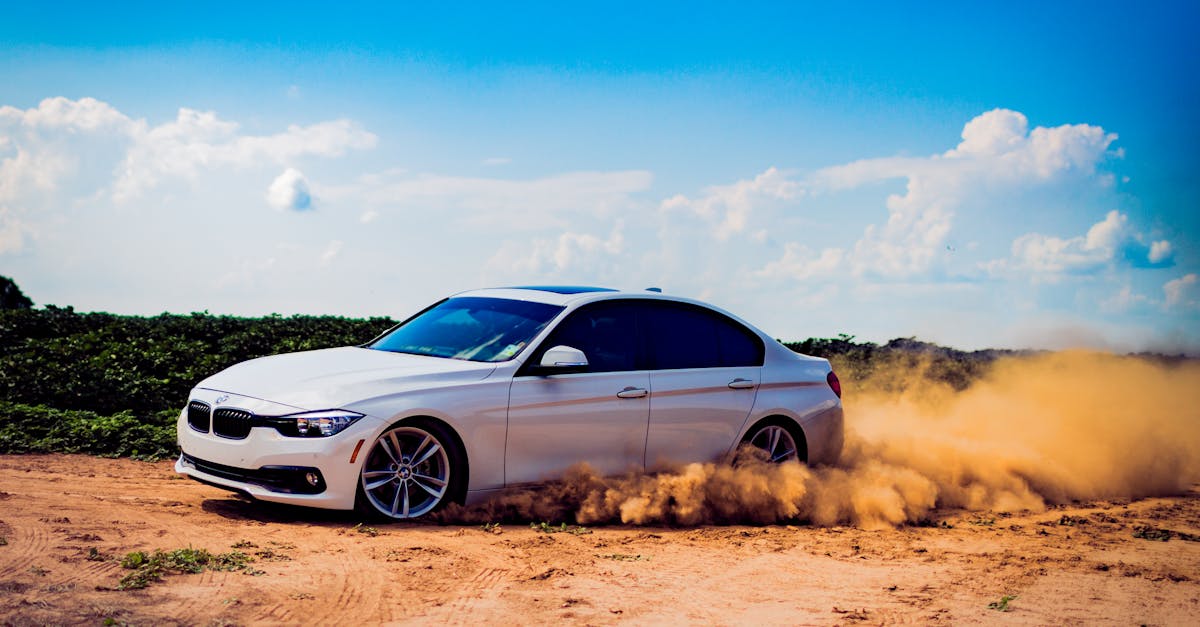Picture this: 100 years of exhilarating speed and design magnificence, all tied with a neat little bow in a snappy 60-second clip. BMW, the titan of the asphalt universe, invites us on a whirlwind journey through a century of its existence. From airborne dreams to automotive elegance, BMW has carved its path as an iconic pioneer. With engines that once powered planes and a legacy that now fuels fantasies, it’s no wonder their story deserves a spotlight as quick and dynamic as their cars. So, buckle up – it’s time for a swift lap around history lane!
On the occasion of its 100th anniversary, BMW presents a daring, one-minute video capturing its transformation from humble beginnings to an automotive giant. This whirlwind journey showcases the key milestones that shaped its history and future. From its start with airplane engines in 1929 to challenges during the Second World War producing kitchenware instead of cars, BMW has shown resilience and innovation. The company’s post-war revival included launching luxury sedans and quirky microcars like the Isetta. Thanks to investments by Herbert Quandt, BMW embarked on a new era, with a focus on technology and autonomous driving, upholding its reputation as the Ultimate Driving Machine.

Table of contents
Togglea modest beginning
BMW’s journey from crafting aircraft engines to becoming a prominent name in luxury cars is nothing short of a rollercoaster. Established in 1916, BMW originally stood for Bayerische Motoren Werke, translating to Bavarian Motor Works. Those early days buzzed with the hum of propellers rather than the roar of engines under the hood. But, oh boy, let’s not downplay how they eventually shifted gears! In 1929, BMW boldly stepped into the auto industry by acquiring the Fahrzeugfabrik Eisenach plant. This acquisition was the brand’s ticket to enter the realm of automobile manufacturing. Inspired by the Austin Sevens, BMW’s early car models may have been small, but they laid the groundwork for what would become the brand’s trademark—sleek, innovative design blended with passionate performance.
heading into the post-war world
The Second World War threw a colossal wrench into many gears, especially for BMW, who found themselves pivoting back to manufacturing airplane engines despite the odds. Yet, once the dust settled, BMW’s survival strategy was somewhat of an odd hit parade, from making kitchenware to bicycles. Can you imagine taking a casserole for a spin? Their return to motorcycles in 1948 kicked off a more gloriously bustling era. Post-war Bavaria was about to witness the birth of another kind. In 1952, the BMW 501 limousine graced the roads, fervently tapping into the burgeoning luxury car market. This quick reinvention of their line-up was necessary to navigate the post-war slump, and while the 501 didn’t exactly fly off the shelves, it planted the seeds for future models. It was the quirky Isetta, a microcar, that truly kept BMW rolling amidst tight spaces and financial pinches. Ah, it seems ingenuity often comes in fun-sized packages!
a legacy of innovation
Innovative blood runs deep in BMW’s metal veins, and one need only look at the transformations and updates it has embodied over a century. From the release of the BMW 700 that paved the road to modern success, to the jaw-dropping reveal of technologies like the eInk technology on the BMW i5, BMW has consistently marked automotive milestones. The company’s embrace of electric vehicles and autonomous driving technology speaks volumes about its forward-thinking mantra. For anyone wondering, BMW isn’t just coasting; it’s leading the charge! This knack for transformative ingenuity, cleverly woven with rich history, earns BMW its badge as the undisputed promised land of the ultimate driving machine. So, whether car enthusiasts marvel at its past, present, or future, it’s safe to say that BMW continues to rev up the competition with both modern marvels and classic streaks.













